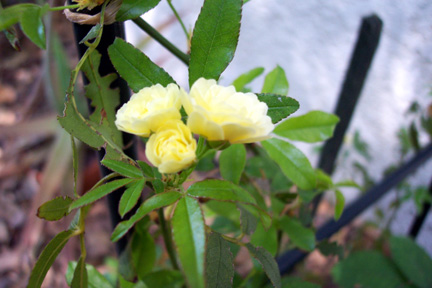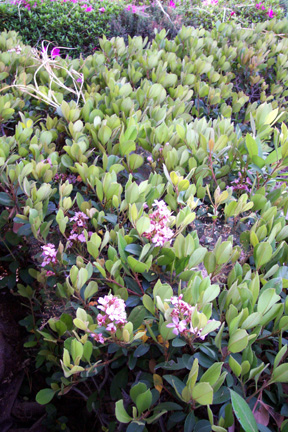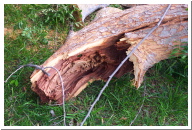Gardening.About.com has a small, but nice article on propagating more garden plants from those you already own.
I have tried my hand at propagation with some good results. My azaleas, of which I have probably 50 or more individual plants, actually propagate without much help from me at all. Azaleas are well known for their natural ability to "layer". When the limb of the azalea contacts the ground, it will often start to develop roots at that point. All you have to do is snip off the newly rooted portion and pot it up. Nothing could be easier. You can also assist this process by wrapping damp soil around an existing stem and covering it with plastic wrap. Eventually, the stem will develop roots. This Google search turns up a wide variety of layering information.
A few years ago, I took some cuttings from my rosemary plant and rooted them in potting soil. About half of the cuttings took, even though I was lazy and didn't even take the time to go out and buy rooting hormone. I am about ready to do another batch of cuttings in order to start some rosemary topiaries.
Here are some links to previous discussions about propagation in the garden:
AGN Blog Entry - May 12, 2002
Divide and Conquer - September 12, 1999
Anachronism - August 8, 1999
Also, here is an interesting book on plant propagation:
Making More Plants: The Science, Art and Joy of Propagation by Ken Druse




